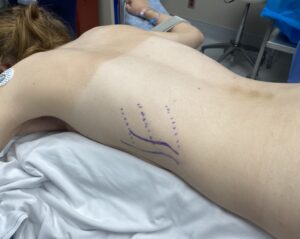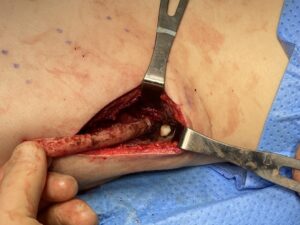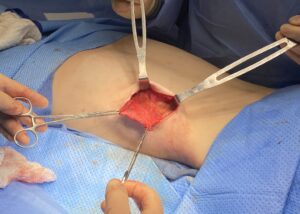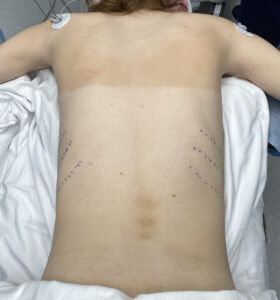Background: One of the most common indications for aesthetic rib removal surgery is to narrow the waistline. By removing the outer portions of ribs #11 and #12 the bony structural support of the anatomic waistline is reduced, creating variable amounts of waistline narrowing. I have always added flank liposuction and latissimus dorsi muscle modification/excision to optimize the effects of rib removals on waistline narrowing
There are two types of patients that present for waistline narrowing, cis-females and transfemales. Most cis-females that present for the surgery are often thin but lack any curves to their torso. They have usually exhausted the traditional methods for waist reshaping (liposuction, tummy tucks) or were not candidates for them. The transfemale seeks to have an improved waistline but their primary goal is really to improve their boxy torso shape due to their genetically wider ribcage. Traditional rib removal surgery offers the only anatomic change that can help but it often is less than ideal since its effects are restricted to the waistline at the horizontal umbilical level.
The boxy torso is due to a wider ribcage but it is not restricted to just the floating ribs. It is due to the attached ribs above the floating ribs. Ribs #9 and #10 in particular make a significant contribution and an argument can even be made for rib #8 as well. Surgical technique that are designed to better treat the boxy ribcage have yet been described.
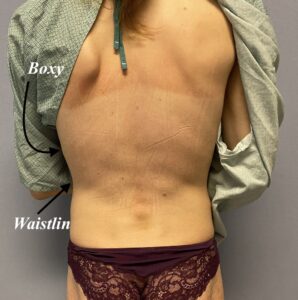
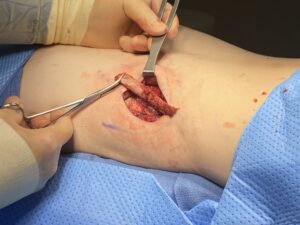
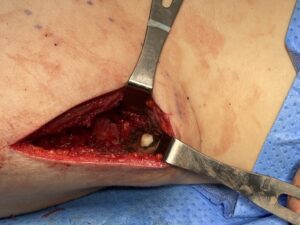

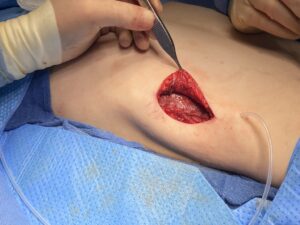
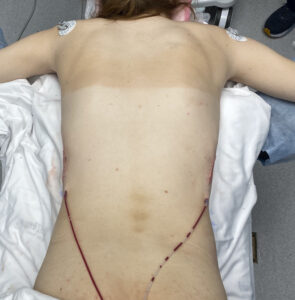
In the transfemale in particular who is seeking a more generalized torso narrowing this modified rib removal approach offers an improved approach. The mid-lateral incision offers improved access to more rib modifications as well as more muscle removal as well. In this approach rib #12 is not treated because it is short and does not play much of a role in torso narrowing. But it could also be removed if the patient so desires as well.
Case Highlights:
1) Torso narrowing has slightly different goals from that of waistline narrowing.
2) Torso narrowing treats ribs #9 through #11and removes a longer and wider strip of latissimus dorsi muscle.
3) Torso narrowing goes higher up on the ribcage than waistline narrowing.
Dr. Barry Eppley
World-Renowned Plastic Surgeon



